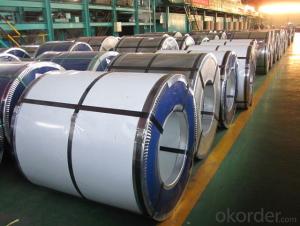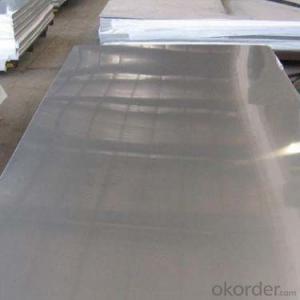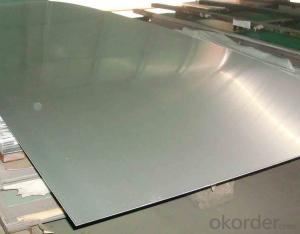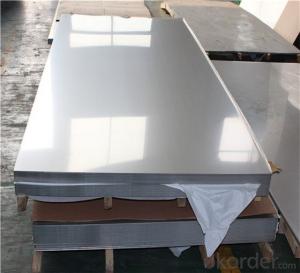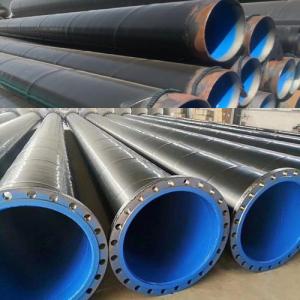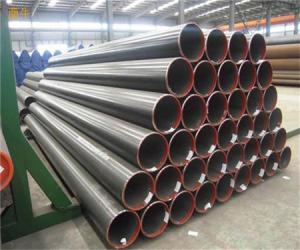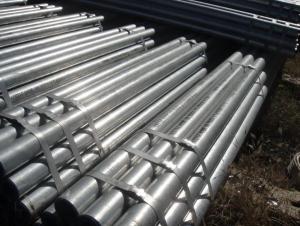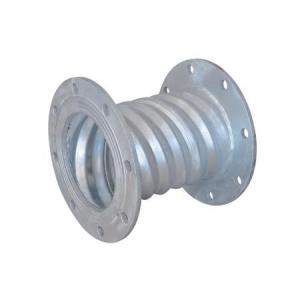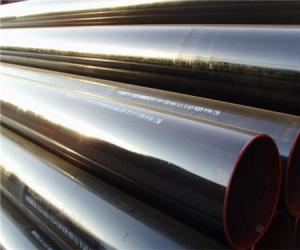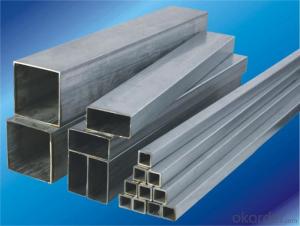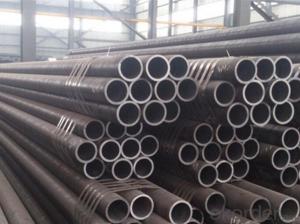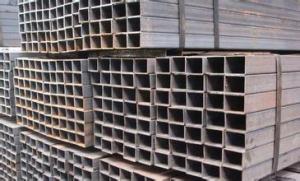302 Stainless Steel Sheet
302 Stainless Steel Sheet Related Searches
Best Paint For Stainless Steel Blanket Insulation For Steel Buildings Primer For Galvanized Steel Foam Filter For Stainless Steel H S Code For Stainless Steel Surface Grinding Wheels For Stainless Steel Surface Grinding Wheels For Hardened Steel Hole Saw For Stainless Steel Paint For Stainless Steel Stainless Steel For BbqHot Searches
Used Metal Folding Chairs For Sale Large Metal Containers For Sale Metal Shop Cabinets For Sale Metal Shipping Crates For Sale High Mast Light Price List Solar High Mast Light Specification Galvanized Steel Scrap Price Fiber Sheet Price In India Types Of Stainless Steel Grades High Mast Light Specification Stainless Steel Sheet Near Me Stainless Steel Type Type Stainless Steel Galvanized Steel Prices Stainless Steel Wholesale Stainless Steel Tubing Supplier Stainless Steel Supply Near Me Stainless Steel Supply Stainless Steel Sheets Near Me Scrap Stainless Steel Prices302 Stainless Steel Sheet Supplier & Manufacturer from China
Okorder.com is a professional 302 Stainless Steel Sheet supplier & manufacturer, offers integrated one-stop services including real-time quoting and online cargo tracking. We are funded by CNBM Group, a Fortune 500 enterprise and the largest 302 Stainless Steel Sheet firm in China.Hot Products
FAQ
- Steel pipes are connected in pipeline construction through various methods, including welding, threading, and flanges. Welding involves joining the pipes by melting the edges and fusing them together, creating a strong and continuous connection. Threading involves screwing the pipes together using threaded ends, ensuring a secure connection. Flanges are used to connect pipes with the help of bolts, providing a detachable yet sturdy connection. These methods ensure the integrity and safety of the pipeline system.
- Theoretical weight of 25*25*1.5 square steel tubes
- Theoretical weight can be directly from the steel tube under the table look up, you can also press type calculation:Weight per meter =4x, wall thickness x (side length - wall thickness) x0.00785. The length of the square tube and the wall thickness are in millimeters, and the weight of each square meter is in kilograms.
- To determine the pressure drop in steel pipes, there are two equations that can be utilized: the Darcy-Weisbach equation and the Hazen-Williams equation. The Darcy-Weisbach equation, although more precise, necessitates a greater amount of information. It takes into consideration the diameter, length, roughness, fluid flow rate, as well as fluid properties like viscosity and density. The equation is expressed as: To calculate the pressure drop (ΔP), the following formula can be used: (f * L * ρ * V^2) / (2 * D) In this formula: - ΔP denotes the pressure drop - f represents the friction factor (which can be determined using Moody's chart or empirical equations such as the Colebrook-White equation) - L signifies the length of the pipe - ρ denotes the fluid density - V represents the fluid velocity - D signifies the pipe diameter On the other hand, the Hazen-Williams equation is a simplified version commonly employed for water flow calculations. Although less accurate, it is more user-friendly. The equation is expressed as: To calculate the pressure drop (ΔP), the following formula can be used: K * Q^1.85 / (C^1.85 * d^4.87) In this formula: - ΔP denotes the pressure drop - K signifies the Hazen-Williams coefficient (which relies on the pipe material and roughness) - Q represents the flow rate - C signifies the Hazen-Williams roughness coefficient - d denotes the pipe diameter It is crucial to note that these equations provide estimations of the pressure drop, and actual conditions may vary due to factors such as fittings, bends, and valves in the pipe system. Furthermore, consistency in unit usage (e.g., SI units or US customary units) is of utmost importance when employing these equations.
- Yes, steel pipes are suitable for underground sewage lines. They are strong, durable, and resistant to corrosion, making them an excellent choice for sewage systems.
- Steel pipes are often used for underground industrial waste disposal due to their durability and strength. They have the ability to withstand the harsh conditions underground, including moisture, pressure, and corrosion. Additionally, steel pipes are resistant to chemical reactions, making them suitable for handling various types of industrial waste. They can effectively transport and contain hazardous materials, ensuring the safety and protection of the environment and surrounding areas. Overall, steel pipes are considered a reliable and efficient option for underground industrial waste disposal.
- There are several methods for repairing damaged steel pipes, including welding, pipe lining, pipe bursting, and pipe patching. Welding involves cutting out the damaged section and replacing it with a new piece of pipe, which is then welded into place. Pipe lining is a method where a new pipe is inserted into the damaged one, creating a seamless and corrosion-resistant inner lining. Pipe bursting involves fracturing the damaged pipe while simultaneously pulling a new pipe through the old one, effectively replacing it. Pipe patching is a temporary fix that involves applying a patch over the damaged area using epoxy or other materials. The choice of method depends on the extent and location of the damage, as well as the desired durability and cost-effectiveness of the repair.
- Steel pipes are commonly used in the telecommunications sector for various purposes. Firstly, steel pipes are used as conduit for underground cable installations. These pipes provide protection and support to the fiber optic cables that carry data and voice signals across long distances. The sturdy nature of steel pipes ensures that the cables remain safe from external factors such as moisture, rodents, and accidental damage. Additionally, steel pipes are used in the construction of telecommunication towers and masts. These structures require a strong and durable material to support the weight of antennas, transmitters, and other equipment. Steel pipes, with their high tensile strength and resistance to harsh weather conditions, are ideal for this purpose. Moreover, steel pipes are used for the installation of overhead communication lines. These lines are often suspended between poles or towers, and steel pipes are used as supports or brackets to hold the cables in place. The corrosion-resistant properties of steel make it a reliable choice for outdoor installations that are exposed to the elements. In summary, steel pipes play a crucial role in the telecommunications sector by providing protection, support, and durability to cable installations, tower constructions, and overhead communication lines. Their strength and resistance to environmental factors make them an essential component in building and maintaining reliable telecommunications networks.
- Hot-dip galvanizing and electroplating are both methods used to protect steel pipes from corrosion, but they differ in the process and the properties of the resulting coating. Hot-dip galvanizing involves immersing the steel pipe in a bath of molten zinc, which forms a thick and durable coating that bonds metallurgically with the steel. This provides excellent corrosion resistance and protection even in harsh environments. On the other hand, electroplating involves the deposition of a thin layer of zinc onto the steel pipe using an electric current. While electroplating also offers corrosion protection, the coating is typically thinner and less durable than hot-dip galvanizing. Hot-dip galvanizing is typically preferred for steel pipes that require long-lasting protection, while electroplating may be suitable for applications where a thinner coating is sufficient.

















